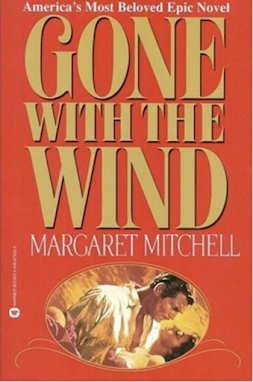Book reviews featuring history, historical fiction, and mysteries, as well as my thoughts on all things bookish.
Thursday, April 28, 2022
Monk's Hood (Cadfael Chronicles Book 3) by Ellis Peters
Tuesday, April 26, 2022
Uneasy Lies the Crown: A Novel of Owain Glyndwr by N. Gemini Sasson
Thursday, April 21, 2022
Of Lands High and Low by Martha Keyes
Publication Date: October 17, 2020
Length: 322 pages
This is my second book to read by Martha Keyes. I stumbled across her books when I was looking for something to read between Outlander books. I wanted a book set in Scotland with a bit of romance and mystery to tide me over. Her books are easy to read and enjoyable if you are looking for a break from the 1,000 page novel. Even though the characters aren't as fleshed out as those in a longer epic I found them to be quite good. The storylines are unusual and original and in this one I learned quite a bit about smallpox before vaccination was available. She also does a great job with local dialect and making the characters seem authentic to their time and location.
This story is set in Scotland in 1794. Doctor Graeme MacNeill is a Highlander who has returned to the Lowlands to settle things with his estate, Pitcairlie House, recently inherited by him on the death of his Uncle David. He'd never expected to acquire it because until recently Catholics were not allowed to inherit land and were unwelcome in the Lowlands. His plan is to sell it as quickly as possible and return to the Highlands where he practices medicine and feels at home. Unfortunately his Uncle David neglected to resolve a land dispute with the neighboring Findlay family and Graeme must turn his attention to this issue before he can think of selling. He decides to confront things head on and introduce himself to the Findlays, believing they can work things out in both their favors.
There he encounters Isla Findlay, the niece of the neighbor in question. She has been raised to believe Highlanders are barbarians and her town of Craigmuir is highly suspicious of the newcomer. But Isla has secrets of her own. She never knew her mother and only knows she is the daughter of a Highlander herself and that her mother was disgraced for the relationship. She does not feel she belongs with her family and lives between two worlds. She and Graeme begin a friendship and when a smallpox outbreak occurs in Craigmuir they work together to help the suffering residents.
I thought Keyes did a great job of letting their relationship build slowly and realistically. It wasn't love at first sight and it is only as they experience the heartbreak of working through the smallpox epidemic that they come together in a meaningful way. The descriptions of medicine during the 18th century were interesting and engaging and very educational. It is clear Keyes did her research on this topic and on how suspiciously people would have behaved toward any new ideas in life saving techniques. I found myself sad for those who lost loved ones and she evokes a real sense of the harshness of life and death.
Sometimes the book got a bit melodramatic for me and repetitive in spots but overall it was a good read. It was definitely more serious than her previous book, The Widow and the Highlander. When I read historical fiction I am most impressed with and more likely to return to authors who stick to the facts of the day and Keyes certainly does that. She has a good grasp of the land, the people, and the social mores of the day. And I'm always up for any book set in Scotland in the past. Also, her books are clean, free of cursing and gratuitous sexual content. That is rare these days and appreciated. While I'm supportive of some of it in certain books I find that is often highly unnecessary and this is a book I'd let my teenager read. I will be reading more of her books in the future.
Tuesday, April 19, 2022
Gone With the Wind by Margaret Mitchell



